The infielder position consists of the first baseman, the second baseman, the third baseman, and the shortstop. These defensive positions need the players to have strong arms. They must also be able to stretch and catch force outs.
In contrast, the outfield position has the right, left, and center fielder. The three players must capture fly balls and outrun any shots that are fired towards the infield. Hence, an outfielder values speed more than grip.
Then, how do the gloves for these two positions differ? And, what happens if you interchange an infielder’s glove for the outfielder’s one? Let’s explore this and more in this guide.
-
How Does an Infielder’s Glove Differ from an Outfielder’s Glove?
An outfielder’s glove varies from the infielder’s glove in terms of size and webbing as follows: –
Sizing
Infielders wear smaller gloves measuring between 10 ¾ inches and 11 ¾ inches. This range enables the players to catch and transfer the ball from one hand to the other with ease. In particular, middle infielders use an 11 ½ inches mitt. It features shallow pockets, broad reach, and most comfort.
Shortstops, the second and third baseman opt for an 11 ¾ inches mitt. This size is ideal for any infield position. Yet it complements the player’s quick turns.
In contrast, outfielders’ gloves have a more prominent size of between 12.5 inches and 13 inches. Indeed, the outfielder’s glove is the most extended glove on the field. This design allows for snagging of the ball. Hence, the player can keep the ball within his hand for longer, preventing it from darting off the glove.
However, the sizing will vary from one brand to the other.
Webbing
The first baseman uses a basket web glove that features deep pockets to catch shots at a close range. Not so for a shortstop or second baseman. He needs a firm grip when catching the ball. This way, he can shift the ball from one hand to the other as he passes the ball fast to the first baseman.
Hence, gloves that offer a firm grip and quick release are a priority in this position. More so when he has to catch balls full for debris or dirt. In turn, the player opts for gloves with an I-Web pattern. But, a third baseman would rather have a two-piece closed web for stopping hard shorts. Or, go for an H-web glove that allows him to see pop-ups.
In contrast, an outfielder stays far from the home plate. This player has to catch any fly balls and ground them. Then, he has to swiftly return these grounded balls to an infielder who is also on the run. Hence, this position requires a Trap Eze or an H-web style that complements the players’ swift moves and dives.
The H-web has ample openings for more visibility necessary in catching pop-flys. While the Trap Eze style has much pockets that reduce the chances of dropping any fly balls.
Next, an outfielder’s glove features more padding at the finger and palm areas. The generous cushion protects the player’s hand form the hard-hitting balls. Apart from the first baseman, the rest of the infielders’ gloves have shallow pockets with less padding.
In summary, outfielders’ gloves are broad, long, with an open webbing style and deep pockets. But infielders’ gloves are shorter, smaller, with a closed web and shallow pockets. You may experience a slight difference as you compare the same glove position from different brands.
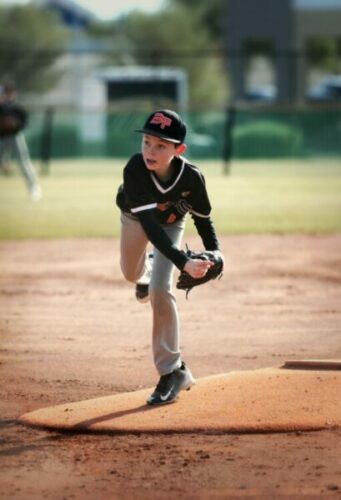
-
Should I Get an Infield or Outfield Glove?
As a rule of thumb, always opt for a glove recommended for your position. That way, you know the mitt will complement your moves. But in rare instances, an outfielder may opt for a smaller and shorter glove that is for the infield position. Yet, he risks compromising his game. Not so for an infielder.
What post do you intend to play?
If you are in the first baseman position, opt for a fingerless mitt with lesser padding. The adult first baseman glove ranges between 12 inches and 12.5 inches. A youth player will use 9 inches or a 10 inches glove instead. Then, ensure your glove has a more defined webbing to complement your throws and fast plays.
If you are playing in the pitcher’s position, then, your ideal mitt should feature a closed webbing pattern. This style will hide the ball from the batter. But when it comes to the glove size and pocket depth, the player is free to choose one that suits his style and comfort. Hence, a pitcher can pick whatever baseball brand he prefers.
Finally, if you are a catcher, you need a mitt that will protect your hand from those repetitive hard hits. Hence, a typical catcher’s mitt must feature a fingerless construction with more substantial padding.
Also, the catcher’s mitt happens to be the giant glove on the field. It measures up to 31 inches for youth players and above 32 inches for adult players. But unlike the outfield gloves, a catcher’s mitt has shallow pockets and closed web pattern. It has ample support as the player makes his swift transfers.
-
Which Is Better Infield or Outfield?
The choice between an infield and an outfield position depends on the players’ attributes. First, anyone playing at the infield position should be ready for those unpredictable hops. Such a player should be alert to handle grounders out of nowhere. Hence, a typical person for this position must have an excellent hand to eye coordination.
Second, infielders should know how to control their bodies. It is the only way they can field the shots from side to side, above their heads, and still manage to make quick and accurate throws. An ideal infielder can flex his hands in an instant. That way, he can adjust his moves when handling bad hops.
Third, a shortstop player must have strong arms. This position requires one to make throws of up to 150 feet away. The same applies with the third baseman that makes throws of up to 120 feet from the foul line area.
In contrast, infield team players who lack such reliable attributes find themselves in the first or second baseman positions. Here, fewer balls are coming their way. Hence, they are less likely to jeopardize their team.
Are you excellent in throwing the ball to your teammates? Then, consider taking the outfielder’s position. Indeed, a defensive player in the outfield position must stand out. More so, he must show his prowess in throwing the balls with tact. In particular, a right fielder has to make long and steady throws to the third baseman. Yet, a left fielder has an easier time with fewer throws towards the first baseman.
The center fielder has to be the strongest outfielder you have. He must have high speed and perfect jumping skills. This swiftness comes in handy when fielding ground balls, shifting to fly balls and then finishing with a throw. A typical center fielder should be able to run up to 60 yards in under 7 seconds. Again, this player must exercise great judgment on the field. If he misinterprets how hard the ball is hit, he won’t be able to field the fly balls.
One last attribute for the outfielder position is arm strength. An ideal candidate makes powerful overhand throws. Then, he must maintain a steady trajectory. This way, his shots will meet an impressive carry, landing at a desirable distance and speed.
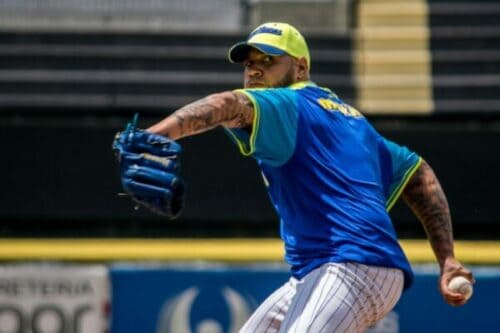
-
Which Outfield Position Is Hardest to Play?
The outfielder comprises of the left, right, and center positions. These three positions are at far-fetched areas on the field and behind the infielders. In turn, these outfielders must catch the deep fly balls. They also maintain vigilance as they go for the ground balls.
Yet, the center field is the most challenging outfield position.
A center fielder covers the fullest area than the left or right fielders. Plus, he has to make quick yet steady reactions and throws from these far positions. Picture this. This player aims for fly balls above his head as he runs at his highest speed possible. Once they catch the ball, they must throw it to their teammates while still on the move. Hence, the player must have strong arms for the throws, and a fast runner.
Next, the center field position coordinates the rest of the outfielders. That way, they never end up colliding as they strive to get to the fly balls. For example, if he feels that he is better off catching the ball, he can call off the corner fielder and go for the catch instead. Other times, this player acts as a backup to his fellow outfielders. For example, if the second baseman misses a catch due to a bad throw, the center fielder is on standby to ensure the base runner does not steal it.
On a good note, most balls that come towards this position are in a straight trajectory. Hence, unlike the outfielders, the center fielder does have to bend or turn so much to catch the ball. Still, this position calls for an all-rounded team leader with excellent judgment. He must have a vision of where he wants to lead his team to achieve.
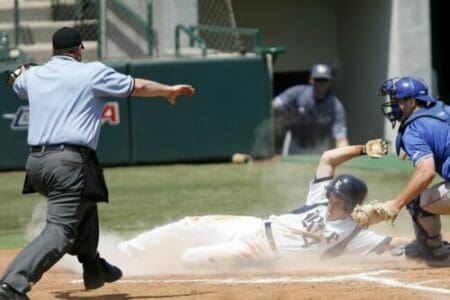
-
Which Infield Position Is Hardest to Play?
The shortstop is the best defensive player in a team. He plays next to the second base, standing toward the left side. Often, the shortstop position is likened to the pitcher or catcher positions as one of the hardest positions to play in baseball. Most teams assign a former shortstop to the second or third baseman position. However, it is unheard of for a second or third baseman to climb to the shortstop position. Hence, a player must have top-notch skills that will allow him to handle the hard moves that go with this position as follows: –
First, a shortstop gets balls thrown at him from all directions. Hence, he must be swift, maintain a healthy range, and have well-built arms to support his moves. This athletic build takes lots of practice and resilience to achieve. Plus, the player always has to perfect his game as he gets older into the game.
Second, as the name suggests, a shortstop player starts and stops running rather abruptly. He runs farther than the third baseman. Plus, his throws must go beyond those of the second baseman. This agility takes lots of discipline and practice to achieve.
Third, like the center fielder, the shortstop is the team leader of the infielders. He calls the shots on how his fellow players will position themselves. And when it comes to double plays, the shortstop provides back up to the second baseman. This way, they can prevent the batter from stealing their shots.
Due to this coordination, the shortstop maintains a significant range, equal to that of a second baseman. Plus, he must have excellent throwing skills, like those of a third baseman.
Any player who strives to take the shortstop position must be a great communicator. This way, he can take charge of the game when the rest of his teammates are unsure of fielding in-between pop-ups. He reminds outfielders about the number of outs so that they can assess the scenario and adjust their moves. Indeed, the shortstop must shout and guide his teammates throughout the game.
Next, a shortstop must master how to position himself on the field. He alternates between being a backup for the third baseman and covering the second baseman from steal attempts. He can only achieve such duties if he is at the right place at the right time. A shortstop is the master of double plays. He has to know how to turn in this play without hurting any fielder or runner. Hence, timing is critical.
All in all, the shortstop can strain the body and mind of the player. Hence, a player should never specialize in this one position.
Conclusion
Both the infield and outfield positions present exciting challenges for the player. Some posts like the center field and the shortstop need more practice to master. Yet, the success of each player relies on team spirit. Hence, as you decide whether to play as an infielder or an outfielder, ensure you have the right gloves to complement your moves.

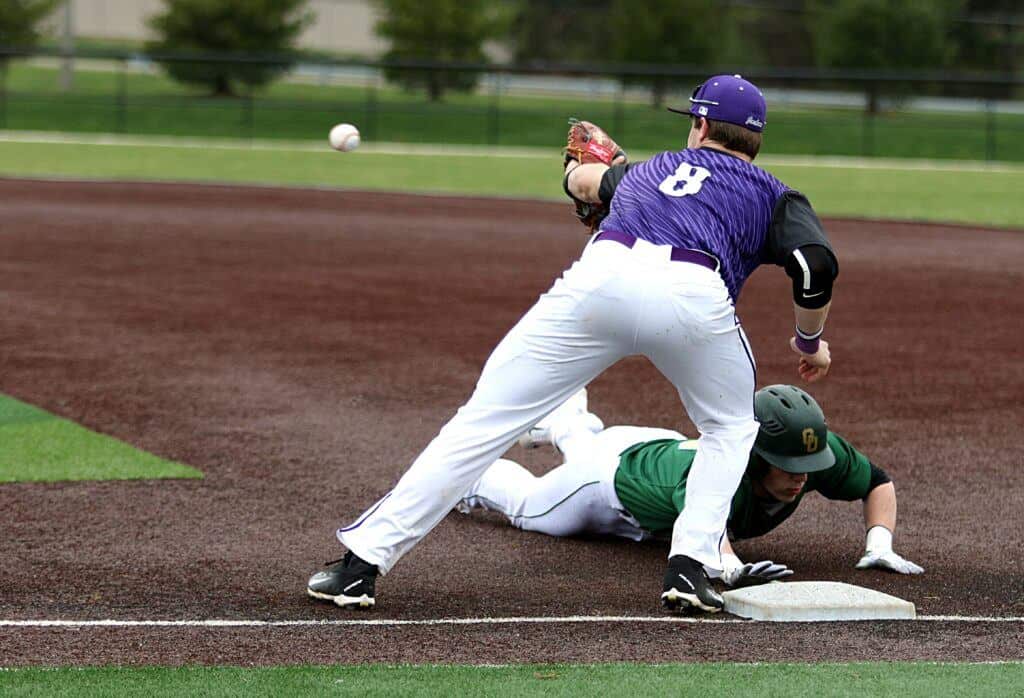
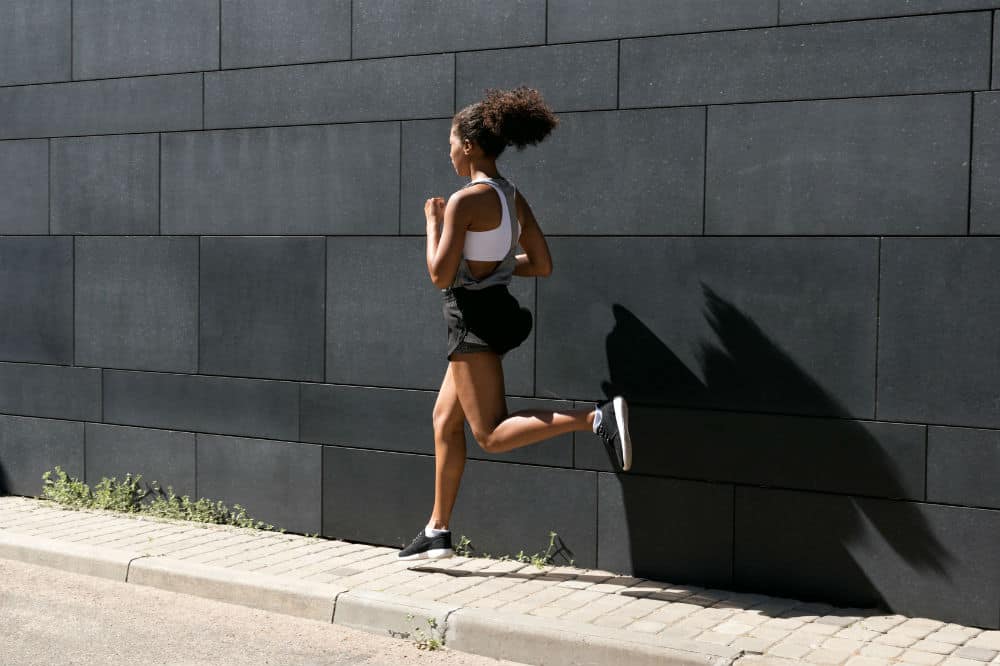

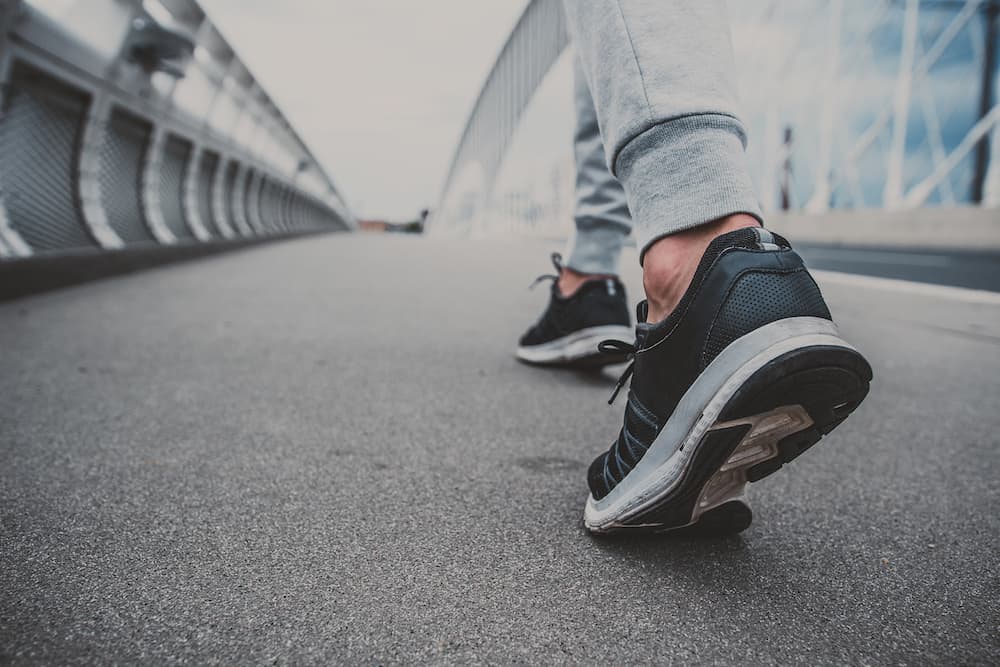
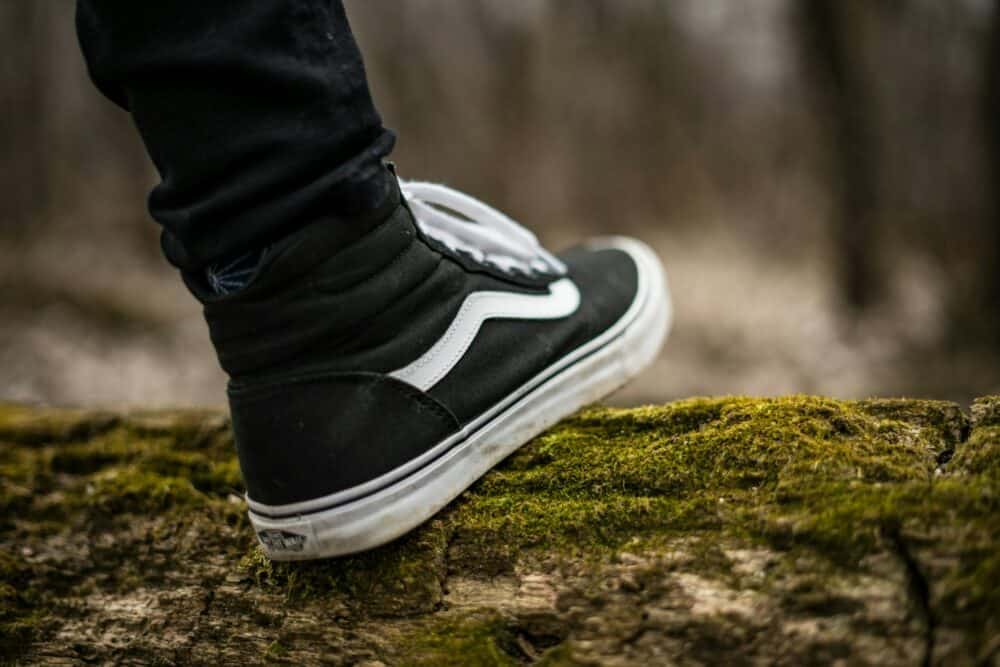
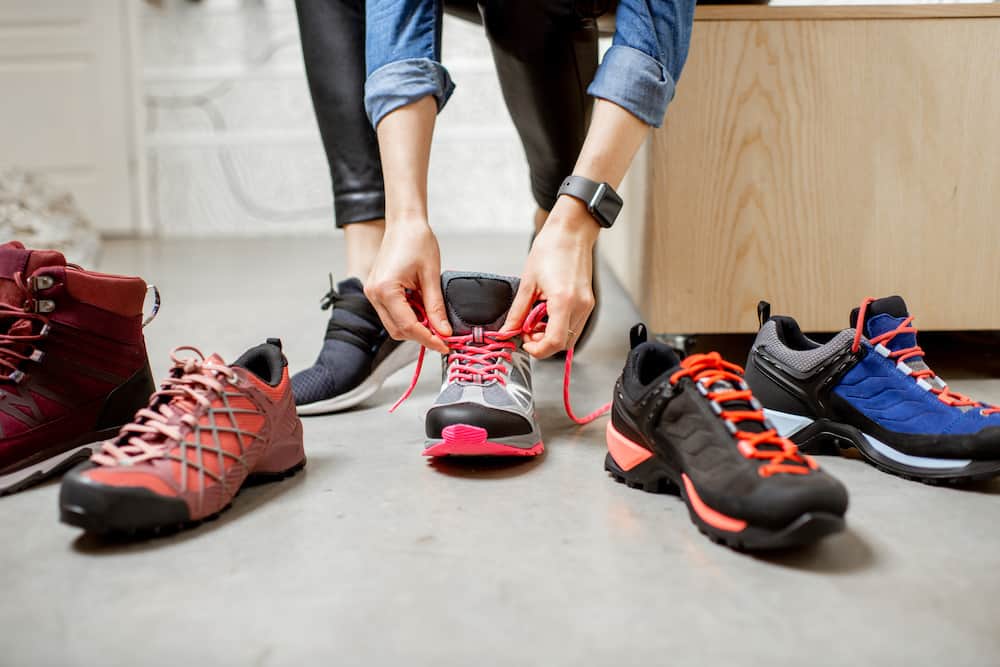
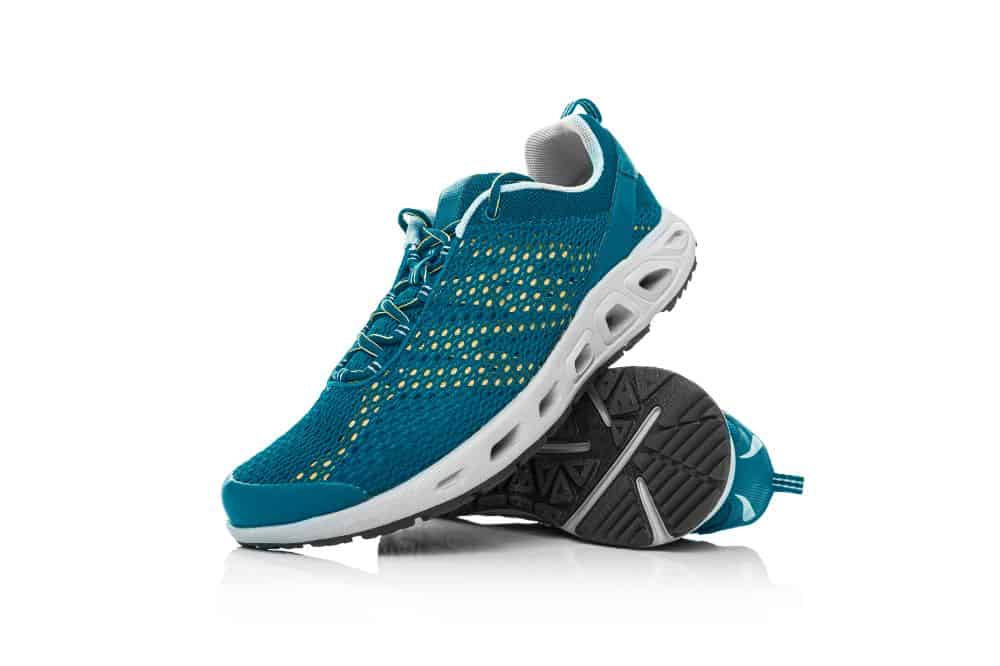






Well, this is quite interesting to see out here, and thank you so much for sharing this post with us all. Well! My son plays baseball in his school, and he plays the right outfielder. Though this does comes with a price for his tender age and hand as he often gets sour fingers consistently due to the imbalance of the gloves because he makes use of his father’s. Thanks for detailing out what the outfield glove entails and the need to have it. Thanks
Hello, Angela, and thank you.
Thank you for your kind words.
Great to hear about your benefit of the article too.
Don´t hesitate to contact me if I can help you with anything else or if you have any questions.
I really needed some clarification over which glove is which especially when I wanted to buy one for my little brother. I didn’t know that there was a difference between the two gloves. I’m not so much of a baseball fan, and when he said he would need a glove, I thought, what do I know? It God weird when I had to know which type to buy for him. But since an outfielders glove is essential for good catching and is longer and bigger, wouldn’t it be the best pick for any position?
Hello, Riley, and thank you.
Thank you for your kind words.
Great to hear about your benefit of the article too.
About your question, if you can use one size for all positions. There is so much difference in how you use the gloves that it can´t be recommended. The reason is the idealogy about the gloves.
As you say, the gloves for outfielders are longer. The reason for it is the most important this is to catch the balls as quickly as possible. It has to be longer because it gives you extra possibilities to get the ball.
But Infielders need to have the gloves much smaller because there is the speed most important.
So I would recommend having a look at this review. It is a lot of suitable gloves at an excellent price.
Don´t hesitate to contact me if I can help you with anything else or if you have any questions.
Hello there, it’s nice to see such a wonderful article filled with information about gloves and, most importantly, the game itself. There is a misconception I have about the required glove for different positions as before now; I often feel they all need just one glove to play. My son plays the shortstop position, and I have to get him a glove for their next match, what give would you suggest I get for him?
Hello, Benson, and thank you.
Thank you for your kind words.
Great to hear about your benefit of the article too.
About your son, I wrote a review about the Akadema Rookie series baseball glove. I think it would be great for your son. You can see it here.
Don´t hesitate to contact me if I can help you with anything else or if you have any questions.
Hello, dear.
Thanks so much for sharing with us such a stunning internet site I must say you have really highlighted all the important things that are needed here I think your explicit expression on this post has cleared some misconception about infielder glove vs. outfield glove honesty I must commend your efforts in putting up such helpful information online I already save this website for recommendation and future reference thanks.
Hello, mondayjosep, and thank you.
Thank you for your kind words.
Great to hear about your benefit of the article too.
Don’t hesitate to contact me if I can help you with anything else or if you have any questions.
It his is great information! My son is starting baseball (once this Covid-19 thing is over) and I’ve been looking around for a glove for him, I had no idea there were so many different types. When I was a kid, my parents gave me this 30-year-old glove to use, it was too big and definitely had its fair share of wear and tear. I appreciated it and still have it today, but it wasn’t the best for the 10-year-old Jason at the time! I’ll definitely be waiting to find out what position he plays to look for the perfect glove for his spot.
Hello, Jason, and thank you.
Thank you for your kind words.
Great to hear about your benefit of the article too.
Don’t hesitate to contact me if I can help you with anything else or if you have any questions.
I always new first base and catcher was different. However, I had no clue that others were different, as well. I don’t play ball, but my grandson asked me to buy a glove and play catch with him. What type of glove would you suggest for that?
The internet is a crazy place, Just doing some random surfing and I come across this great website. Thank you for putting in the time and effort to educate myself and others.
Hello, Dale, and thank you.
Thank you for your kind words.
It is always the question of which position he plays or wants to play. If he is infielder, the speed is most important. If he wants to play as an outfielder, the casts are the key thing.
But. Although it is not the best option, you can swap an outfielder’s glove for an infielder one in emergencies. You can see some information about it here.
Great to hear about your benefit of the article too.
Don’t hesitate to contact me if I can help you with anything else or if you have any questions.
Thanks a lot for providing this well written and detailed information. It really simplifies the issue of selecting the appropriate baseball glove for both infielders and outfielders. This guide is really important, especially with the recent advancement in technology and more manufacturers coming up with new and latest additions to make their glove stand out from the rest.
Hello, hillarydandy, and thank you.
Thank you for your kind words.
Don’t hesitate to contact me if I can help you with anything else or if you have any questions.